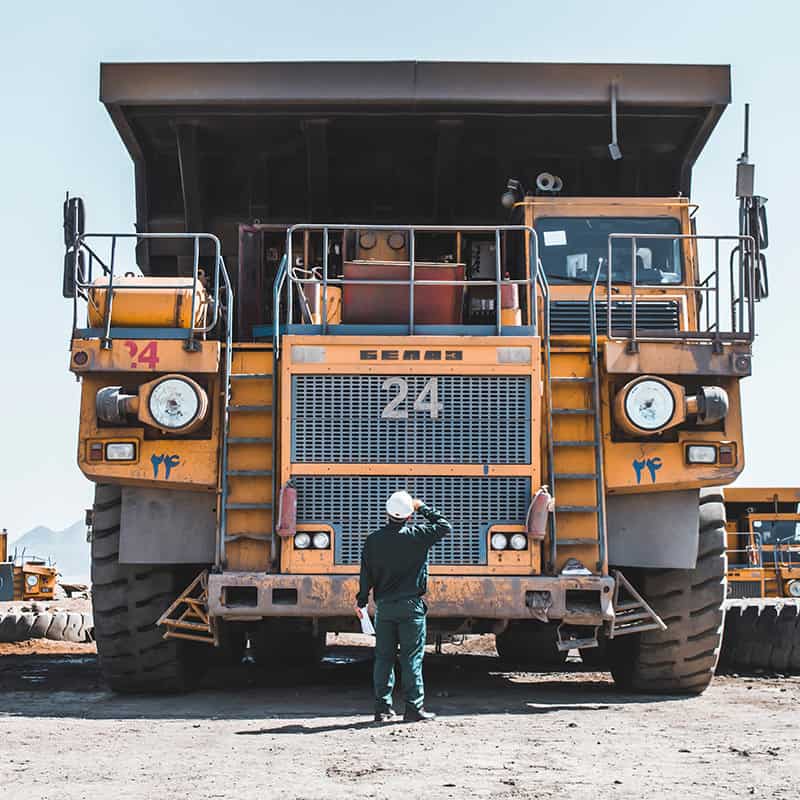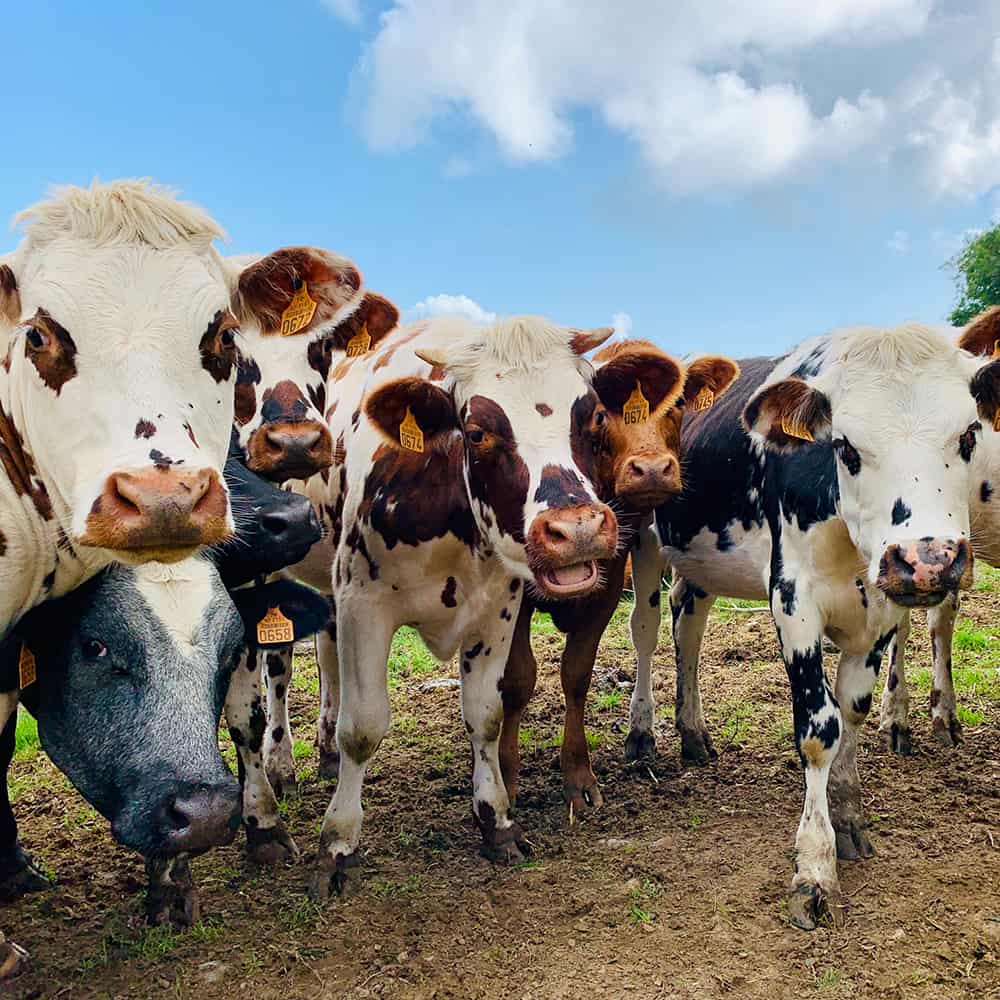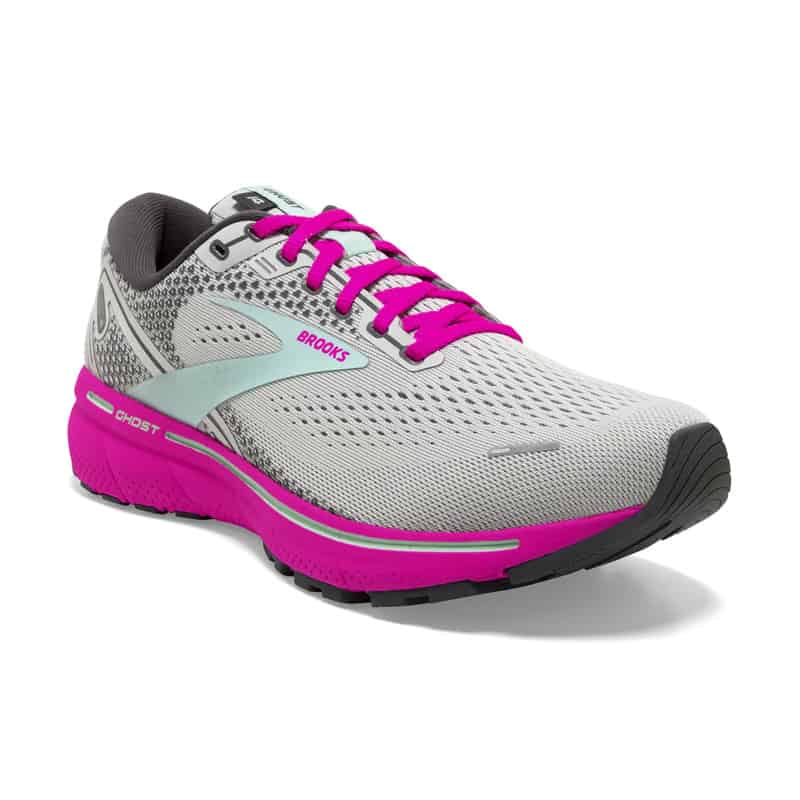Edition #15 | Environment Forward

Energy and metals transitions, cow burps, recyclability, and running shoes.
Hi y’all,
Welcome to the latest edition of Environment Forward. For the last few editions, I’ve greeted you with complaints of a heat wave here in Texas but for the first week in a long time, we’ve got sweater weather! There’s been a lot of climate news in recent weeks, including the Nord pipeline explosions and the devastation from Hurricane Ian in Florida. In this edition of Environment Forward, we are digging into the relationship between the energy transition and metals mining, recyclability of your yogurt containers, emerging taxes on cow burps, and running shoes made from carbon waste.
To catch you up on the latest happenings here at CarbonBetter, we’ve taken a dive into exploring the intersection of fashion and sustainability, and we are also hosting a webinar coming up on November 16 titled Closing the Carbon Market Gap—we’d love for you to join us!

Is the Energy Transition actually a Metals Transition?
Climate Tech VC (CTVC) makes a strong case that the energy transition is actually a metals transition—with electric cars needing 6 times the mineral inputs of gas powered cars and offshore wind plants requiring 13 times the mineral resources of comparably sized natural gas power plants. The mining industry is complex, both from a value chain perspective and a life cycle perspective, and mineral demand is rapidly increasing with annual copper demand expected to increase 53% by 2040. CTVC provides some fascinating insight into the challenges at each stage of the mining life cycle and opportunities for emerging technology to help close the supply and demand gap of 300 net new mines needing to come online by 2035 with increasing geography considerations and political complexity. If you don’t want to take a full deep dive into the metals transition, check out the key takeaways at the end.
Image credit: Omid Roshan

Is your yogurt container actually recyclable?
We all know that plastic waste is a challenge globally, but as we see more recycling arrows show up on packaging such as our yogurt containers, are we sure that those items are truly recyclable? For an item to be recyclable, there must be market demand for the material, and materials with numbers 3–7 in the recycling arrows, including polypropylene which is a resin corresponding to the number 5, don't typically have much market demand. Polypropylene has recently been deemed "widely recyclable" by non-profit How2Recycle, which means the organization estimates more than 60 percent of Americans have access to recycle polypropylene through curbside or drop-off recycling programs. Industry experts and federal recycling data suspect polypropylene is not as broadly accepted at recycling facilities as the "widely recyclable" label would indicate. As we work to increase recyclability of products, that doesn't inherently mean that there will be more widespread recycling; the material still must make it into a recycling bin and be transported to a material recovery facility that accepts it. This article by the Grist thoroughly covers the nuance and complexities of recycling yogurt containers and other polypropylene products.
Image credit: Gary Chan

Regulating Cow Burps
New Zealand, a country with more cattle than people with ~10 million beef and dairy cows and ~5 million people, has proposed what would be a world first levy on the greenhouse gas emissions from farm animals burping and peeing. Farmers have spoken out against the plan for fear of the financial implications but the government says farmers should be able to recoup their costs by being able to charge more for products deemed climate-friendly. From a carbon footprint perspective, approximately half of the greenhouse gas emissions come from farming in New Zealand, with dairy products being the nation's largest export. The intent of the new tax is to fund new technology and research to help decarbonize the agriculture industry as New Zealand works toward reducing methane emissions from farm animals by 10% by 2030 and by 47% by 2050. Farming and regenerative agriculture in particular have gotten a lot of attention lately, so I'm curious to see what happens with New Zealand's proposed "burp tax."
Image credit: Jakob Rosen

Making Running Shoes from Carbon Emissions
When choosing sneakers, comfort and fashion may weigh out over sustainability as a priority, but it's never been easier to choose more environmentally friendly footwear—Brooks has released a carbon neutral Ghost sneaker, Nike is working towards zero carbon and zero waste, and On has developed The CleanCloudTM sneaker made from carbon emissions. On has partnered with LanzaTech, Borealis, and Technip, to capture carbon monoxide (CO) emissions from industrial sources and then uses bacteria to ferment the CO into ethanol. The ethanol is then dehydrated into ethylene, polymerized to become EVA plastic pellets, and these pellets ultimately create the performance foam used to make Cloudprime for the sole. The upper of the shoe is made from CleanCloud polyester yarn which is derived from carbon dioxide emissions in collaboration with Fairbrics. The shoe is expected to have the same lifecycle of a normal running shoe, despite being produced from fermented carbon emissions. While I have a number of questions about the process, such as energy requirements for converting carbon emissions into sneaker materials, I'm excited about this footwear innovation and look forward to seeing what else we can make from carbon emissions.
Image credit: Owatonna Shoe

About the Author
Nicole Sullivan is the Director of Climate Services at CarbonBetter. When she's not working on sustainability reports and helping clients to decarbonize, she's busy reading about the environment or is outdoors exploring it. Connect with her on LinkedIn and drop her a line to let her know what you thought about these stories and share what you're reading.